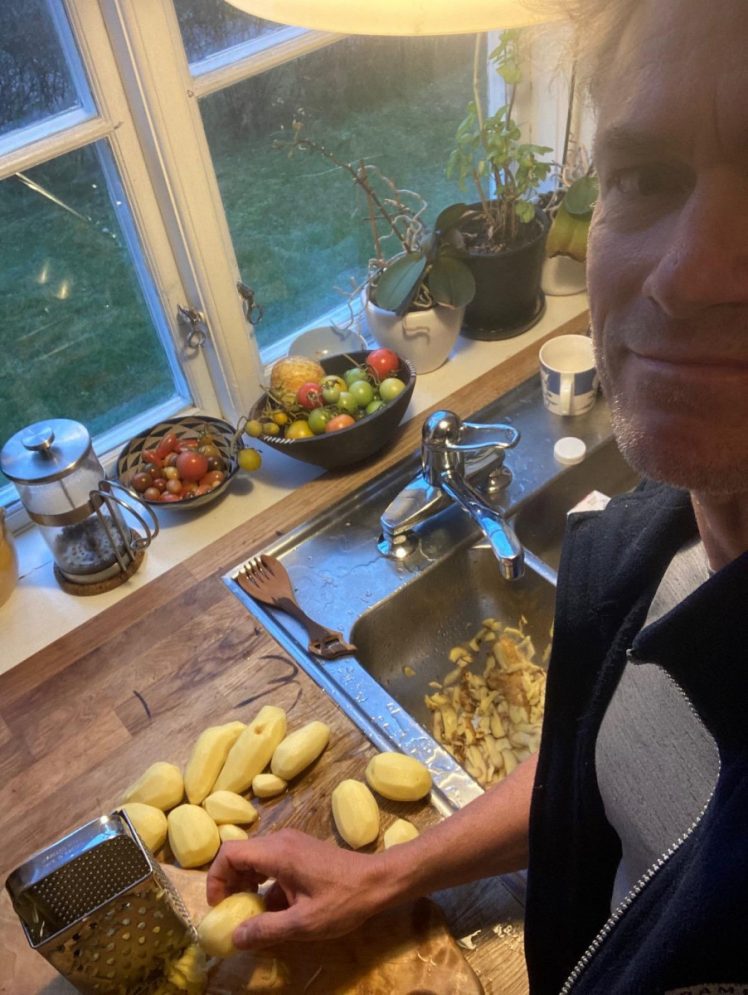Utö, one of the major islands of the Stockholm archipelago, recently hosted the Baltic Sea Water Talks. David Nilsson, Associate Professor at our division and Director of the WaterCentre@KTH, has been a key participant of this conference. Many researchers, entrepreneurs, and environmentalists have joined to discuss how the island tackles the upcoming challenges of a changing Baltic Sea and ecosystem.
David has written the following report, which was first published on the WaterBlog@KTH on 29 September 2021.
~*~
On pikes and potatoes
On the island Utö in Stockholm’s southern archipelago they grow pikes and potatoes next to each other. You don’t believe me? Go see for yourself!
In the beginning of September I returned to this wonderful spot, along with some 50 academics, entrepreneurs, investors and environmentalists. The occasion that brought us here was the first Baltic Sea Water Talks; a meeting of diverse professionals in search of practical solutions for challenges in the Baltic Sea.
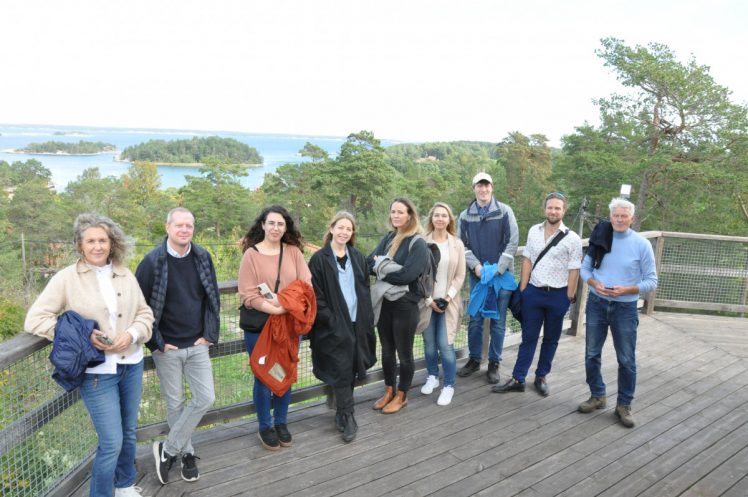
People on the island of Utö have always depended on what nature gives, in one way or the other. While this might be said for all of humanity, it is never more obvious than on an island at sea. Already from the 12th century, it was the iron ore on the island that brought prosperity. After the mining was abandoned in the 19th century, all the trees were cut down to supply timber to the growing city of Stockholm. But fish was plenty and by the early 1900s, there were some 70 fishing boats stationed on Utö. Now there is only one part-time fisherman left. Instead, the island has become a popular tourism destination thanks to its unique nature, its heritage and birdlife. Yet again, nature provides the basis for local livelihood. But how do we make life in the archipelago sustainable after centuries of predatory resource extraction?
This is where the pikes and the potatoes come in. Initiativ Utö, a local NGO and also the host of the WaterTalks, has started to build “pike factories”. In these constructed wetlands and estuaries they aim to both restore the fishing stock and reduce nutrient loads. Nutrients in the run-off and sediments are collected through mechanical and biological methods and the estuaries are breeding places for pike. The pikes restore some balance in the local marine ecosystems and attracts sports fishers. The recovered nutrient is used in local small-scale farming, and seems to be particularly good for potatoes.
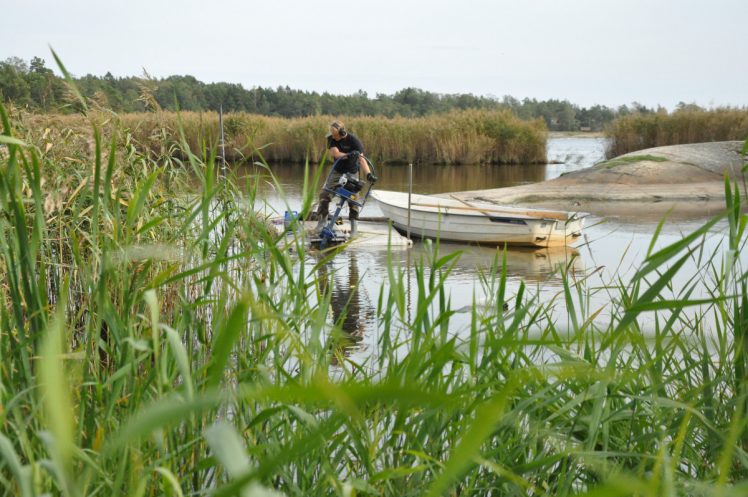
Currently, two research groups from KTH are actively doing research on the pike factory wetlands. A team led by Guna Rajarao Kuttuva looks into monitoring techniques and optimisation of the wetland. Another team led by Zeynep Cetecioglu Gurol is investigating the potential of phosporous “mining” from the estuary sediments, where valuable phosphorous could be extracted as a commercial product. Research and innovation like theirs moves us towards “closing the loop” for food production on a whole new scale. Could the polluted seas become a source for valuable and scarce nutrients? Can we move towards a balance with nature and stop exhausting nature’s resources one after the other?
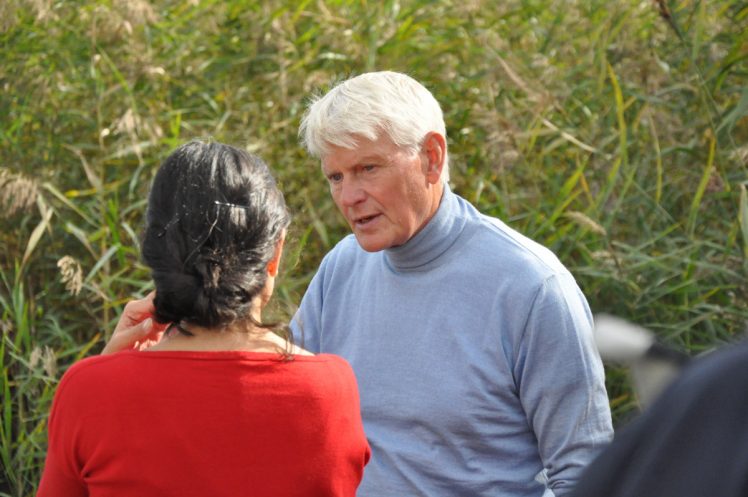
And most importantly, what to do with the potatoes? For my part, I prefer the Swedish traditional dish “raggmunk”, a type of potato pancake. I can tell you that the Utö potatoes grown on sludge from the pike factory, are particularly well suited for raggmunk. Bon appétit!
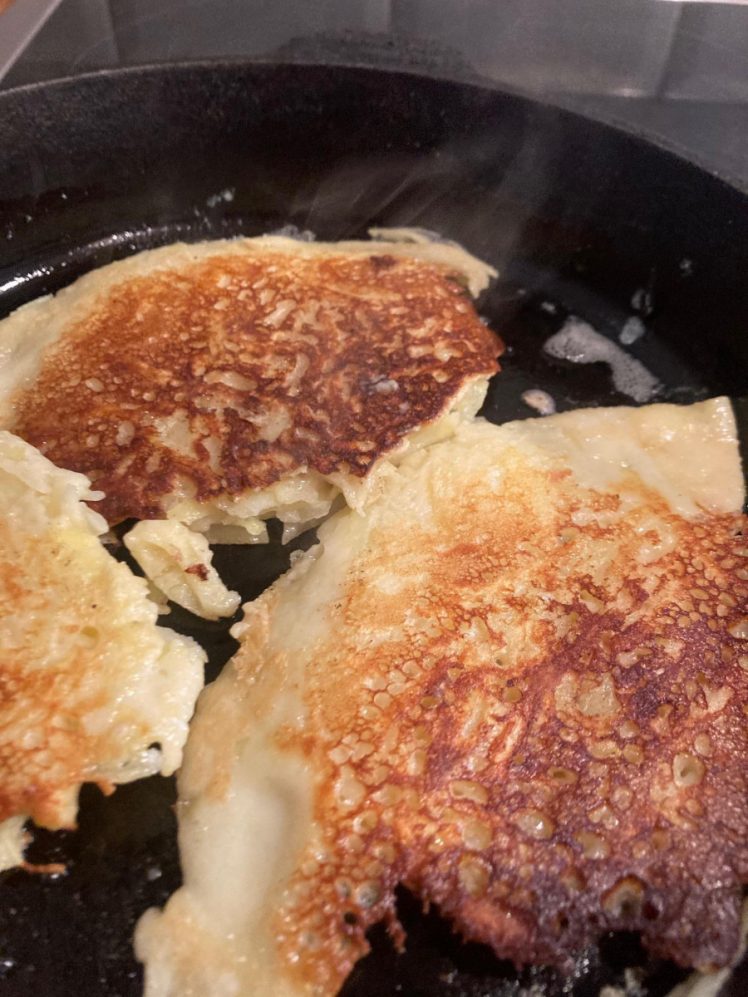
Utö-Raggmunkar
10 Utö potatoes
3 eggs
2 dl flour
4 dl milk
1 teaspoon salt
Grate potatoes coarsely
Mix egg, flour, salt and milk and add grated potatoes
Form small “beefs” into saucepan and fry on medium-high, rich with butter
Serve with lingonberries
